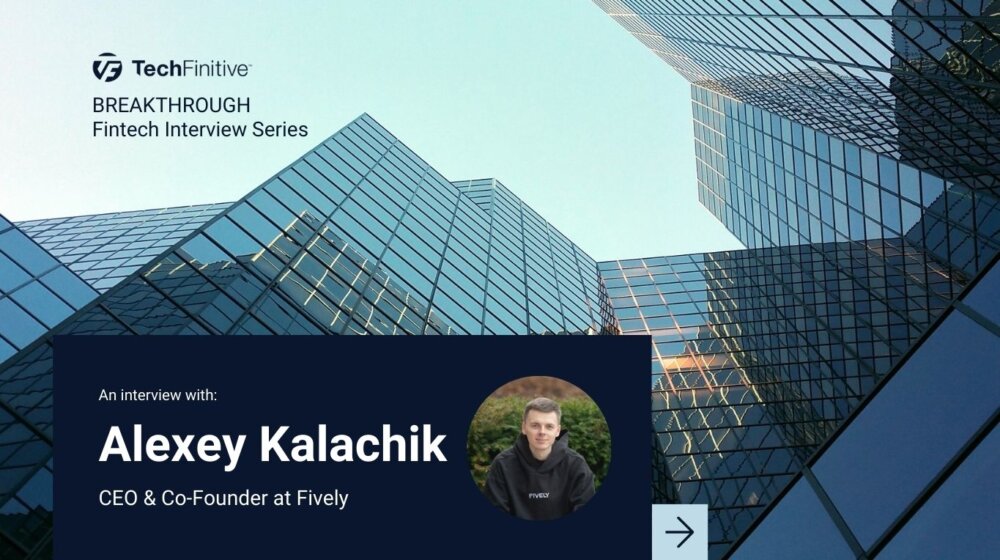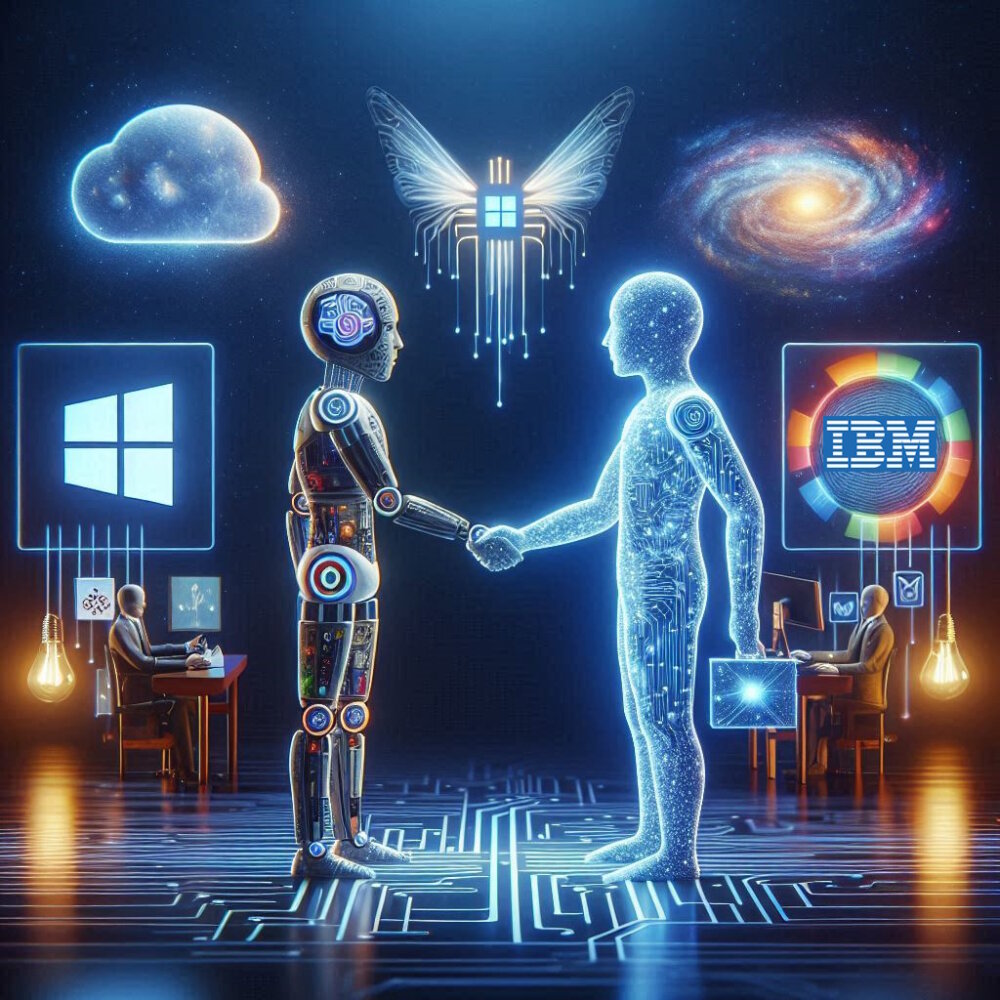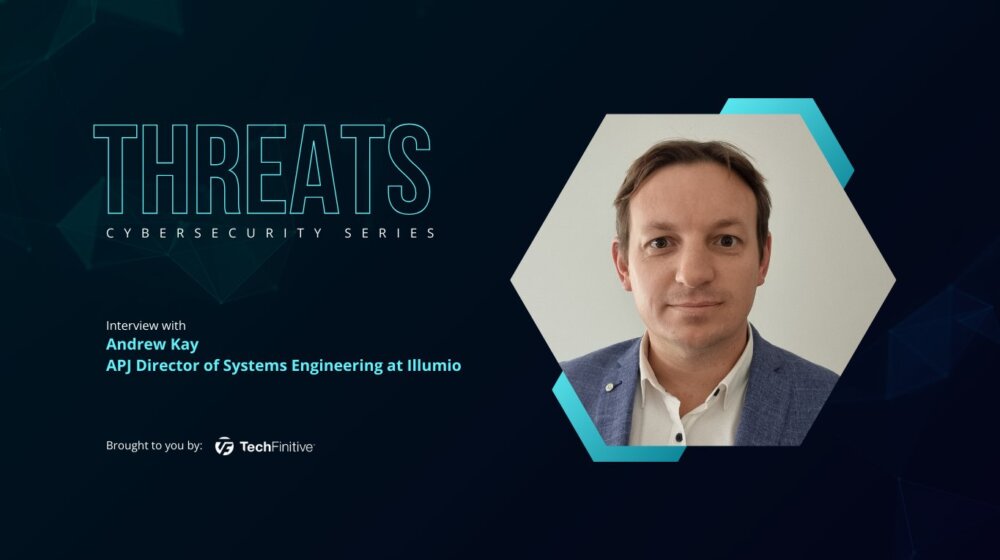
Eduardo Rodés Pons, VP of Customer Services at Bdeo: “A successful customer experience starts with a good return on investment”
Welcome to a brand-new interview series for 2024: CX Today! We’re kicking off with a bang, thanks to the years of expertise that Eduardo Rodés Pons, VP of Customer Services at Bdeo, has to share.
Quite aside from ten years of experience in Enterprise B2B SaaS, Eduardo enjoys sharing his expertise by teaching, presently at IE University in Madrid. But as you will rapidly discover, Eduardo is as much a learner as a teacher, always staying up to date with trends and the latest tech tools.
A quick introduction to Bdeo. Headquartered in Madrid, this is a “SaaS scale-up that specialises in developing visual intelligence solutions for the insurance industry”, Eduardo told us. Using its tools, Bdeo’s users can assess damage and estimate costs with both precision and speed – helpfully shortening the time for both underwriting and claims processes.
Read on to find out how Eduardo entered the world of customer experience, his views on the impact of AI (good and bad), and how he stays up to date in such a fast-moving sector.
Related reading: Omotenashi in digital customer engagement: openness and sincerity through first-party data
What motivated you to pursue a career in customer experience, and how did you embark on your journey in this field?
The beginning of my career in customer experience dates back to my college days when I started to work part-time as a junior consultant and project manager. My initial work experiences enlightened me about the importance of how you deliver your products or services. It is where you comprehend the value you’re bringing to the market, discover ways to enhance your products and services, strategise expansion, determine pricing, manage expectations, and get the customer’s pulse! There is so much happening in this field, so much opportunity and it is fun.
What are your thoughts on the escalating integration of AI in customer experience and its potential influence on the future of customer service at large?
I think that AI has already started to heavily impact customer experience and service, but the biggest impact in the short term will come from tools implemented behind the scenes. For example, as of today, our teams are already leveraging LLM-based tools to analyse, classify and generate content. This has led to better response times, productivity, quality, etc. Nevertheless, as an Enterprise B2B SaaS, we wouldn’t feel comfortable launching an autonomous self-service tool such as a support chatbot. We’re still in the early days of generalist tools.
Today’s AI-based solutions are particularly powerful in controlled environments, and organisations will need to learn and understand how to create these environments to start getting value out of them. Some of Bdeo’s solutions are a clear example of this. More than 50% of underwriting vehicle inspections (controlled environment) in Spain have shortened from days to minutes thanks to Bdeo’s AI-fueled underwriting engine. That’s many days a year!
On the customer-facing side, I can foresee a rapid adoption of AI-based tools in scenarios where the user understands what to expect from them. Many low-touch niche products have traditionally leveraged communities to provide a better customer experience, for example, which is an imperfect and non-controlled service. As we all become more educated and learn how LLM-based tools work generally, we will likely see more and more self-service tools like chatbots providing new, imperfect, and non-controlled solutions yet extremely quick and powerful ones.
For both customer-facing and non-customer-facing solutions, one of the main concerns from a corporate perspective is the end-user’s behaviour when using AI-based solutions and interpreting their feedback. Educating these end-users may take more or less time depending on the industry and the nature of those users. The same will happen for limiting the scope of the questions that can be answered or the images that can be processed and the content of the answers or decisions that can be made by these solutions.
How do you ready yourself for an AI-driven landscape as a customer experience leader? What new skills do you need?
I’m a firm believer in learning by doing.
Over the last year, we have been bombarded with content around AI and gen AI, some of it probably generated by gen AI! But, I think we still need to understand how AI-based solutions work and can be applied in production scenarios, taking into account the particularities of each company, and each process, I would say.
Beyond the joy of reading and dreaming about what will be possible, my recommendation is to try things and launch small POCs to validate hypotheses. This is what we have been doing at Bdeo internally and what we help our customers to do. The outcomes are diverse, sometimes the hypothesis is validated, sometimes we realise it is too early for the technology or the organisation and sometimes we discover a new promising use case different than the one we had thought about initially.
So, read, try, and start small.
What major hurdles have you encountered as a customer experience leader, and how did you surmount them?
The primary challenge for every customer experience leader is understanding customer needs. In Enterprise B2B SaaS, making an impact on your customer’s business requires understanding how your solutions affect their internal or external products or services. Whether it’s reducing costs, saving time or boosting satisfaction, identifying value drivers and measuring that value is crucial. A successful customer experience starts with a good return on investment.
To overcome this challenge, customer experience teams must dedicate time to customers, curating cadences for effective communication. At Bdeo, we structure customer cadences around quarterly business reviews, often initiating various lines of work that continue throughout the quarter. Thorough preparation ensures we have the right context to maximise ongoing value and explore expansion opportunities in those sessions.
Knowing the value drivers and measuring value provides perspective. A new feature may look promising on paper but lack business impact, while small changes, even at the process level, could significantly benefit the customer’s operation. The same applies to product or service limitations.
Ultimately, customer experience teams work with people, each with different needs. I believe listening to customers, combined with the right tools for measurement and prioritisation, is the key to success.
How do you ensure you’re up to date with the latest customer experience trends and technologies, and how do you integrate them into your strategies?
I try to stay up to date by periodically listening, watching and reading niche content like the one you can find in Gain Grow Retain, more generic content like the one you can find in TLDR.tech’s newsletter, and deep-diving into specific diverse topics that may not necessarily be the latest and hottest.
For example, this year I have spent a lot of time working on new product engagement metrics, and more recently, I have been reading about non-violent communication, which are two completely different topics. The latter one is less tangible but with high customer experience impact potential. As customer experience professionals, we also must continuously learn and read about leadership and communication trends.
Another thing that has also helped me a lot, and that I’d like to do more, is to talk to other customer experience leaders to share and learn with them.
What customer experience technology has your company recently embraced and what difference has it made to your business?
In 2023, we enhanced our A/B testing capabilities, integrated an onboarding tool for users to adopt new features more easily, and added a new reporting layer – we’ve been busy! Yet, the most impactful behind-the-scenes solution we’ve strengthened is our business intelligence. This year, we built a customer data hub, cross-referencing usage, AI performance, support and sales data. This allows us to better understand our customers and provide them with the best customer experience possible, being able to identify opportunities and roadblocks in advance.
NEXT UP

Alexey Kalachik, CEO & Co-Founder at Fively: “The potential for digitalisation within insurance is enormous”
We interview serial entrepreneur Alexey Kalachik, CEO & Co-Founder at Fively, on the future of fintech and what makes this space so exciting for startups.

IBM bolsters AI push with Microsoft Copilot launch
In a bid to boost its AI offering, IBM Consulting will enable enterprises to create and manage AI copilots – including Copilot for Microsoft 365

Andrew Kay, Director of Systems Engineering APJ at Illumio: “The most worrying development with ransomware is that it has evolved from simply stealing data to impacting IT availability”
Andrew Kay, Director of Systems Engineering APJ at Illumio, has 20 years’ experience helping organisations strengthen their cyber resilience. We interview him as part of our Threats series on cybersecurity.